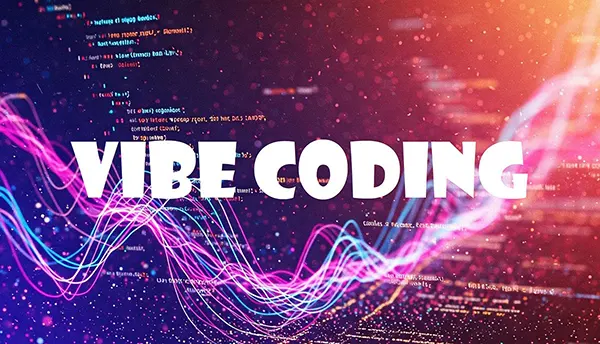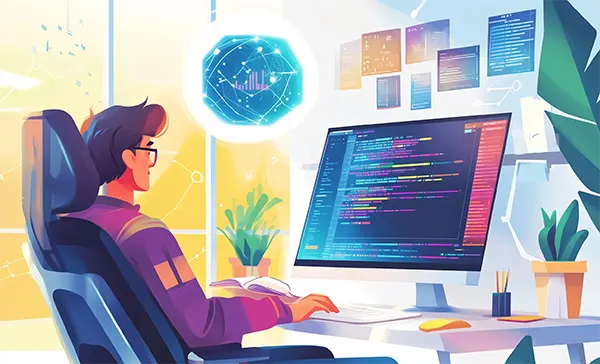
Vibe Coding: Programming Through AI-Driven Intuition
In 2025, a new trend in software creation has emerged — vibe coding. It’s a method that allows people to write code by communicating their intent and mood directly to artificial intelligence. Instead of describing algorithms step by step, developers or even non-technical users express what they want the program to do, and the AI interprets these human instructions into functional code. This approach combines natural language, emotion recognition, and contextual understanding to produce results faster than traditional methods.
What Is Vibe Coding?
Vibe coding is an evolution of prompt-based programming. It allows users to communicate with AI using personal instructions, tone, and emotional context rather than rigid technical syntax. The AI doesn’t simply execute commands; it adapts to the user’s personality and creative style. For instance, someone can say, “Create a cheerful app that greets users in the morning and shows the weather,” and the AI will generate a functioning interface and logic that reflect this mood.
The concept was born from the integration of large language models (LLMs) with emotion analysis systems. These models can now detect subtle nuances in human expression and interpret them as part of the development process. According to open online sources, including https://fastmac.org/ , there is growing interest in applying new AI tools across various aspects of modern technology and digital creativity.
By 2025, major tech companies and independent developers are experimenting with vibe coding systems that recognise user intent through speech, gestures, and even facial expressions. This turns the coding process into a dialogue between human creativity and machine precision.
Practical Applications of Vibe Coding
Vibe coding can already be used to create everyday tools — from calendar reminders and chatbots to interactive dashboards. By explaining your goals conversationally, the AI generates scripts in languages like Python, JavaScript, or Swift, depending on the target environment. It’s no longer about memorising syntax but about shaping ideas clearly.
For example, a marketing professional without technical training can ask, “Build a dashboard that tracks my campaign’s engagement and updates daily,” and the AI will produce a ready-to-use solution. Freelancers use vibe coding to automate repetitive tasks, such as text formatting or data entry, with a single request instead of lines of code.
This approach is especially valuable for rapid prototyping. Developers can instantly test concepts by describing them rather than coding from scratch, dramatically reducing time-to-market and encouraging experimentation.

Advantages and Risks of Vibe Coding
The main advantage of vibe coding is accessibility. It lowers the entry barrier for people who want to create digital products but lack programming experience. It also speeds up workflows for experienced developers, letting them focus on logic and creativity instead of syntax.
However, there are risks. Overreliance on AI may lead to poorly optimised code or security vulnerabilities. Since the system interprets instructions based on “vibes,” it may misread ambiguous emotional cues, producing unexpected results. Therefore, critical projects still require human review and testing.
Ethical concerns also arise. Storing emotional data for AI interpretation raises privacy issues. Developers must ensure transparency in how these systems analyse and store personal information to maintain user trust.
When to Use Vibe Coding and When to Avoid It
Vibe coding is most suitable for creative and fast-paced environments — design studios, startups, or individual innovators. It shines when flexibility and iteration matter more than precision. For example, generating quick prototypes, small utilities, or interactive demos becomes effortless with this method.
In contrast, it may not be ideal for large-scale, high-security projects such as banking systems or aerospace applications, where strict code control and verification are essential. Here, traditional programming remains irreplaceable due to its transparency and reliability.
The future of vibe coding likely lies in hybrid systems — combining human oversight with AI creativity. This balance will preserve efficiency while ensuring safety and quality in digital development.


